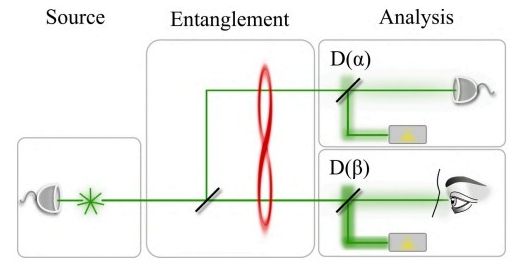Big Blue is cool again according to investors.
NEW YORK: Here’s a vexing question for artificial mega-brain Watson: Why is IBM stock surging? Big Blue’s market value rose about $6 billion after the computer giant agreed on Thursday to buy Truven Health Analytics for $2.6 billion. Giving IBM’s artificial-intelligence platform more data to chew on is useful, but investors’ glee over an opaque addition to an enigmatic business effort is confusing.
Big Blue’s top line has been shrinking steadily for nearly four years. In the fourth quarter of 2015, all major divisions had declining sales, with overall revenue falling 8.5 percent compared with the same period a year earlier. Clients need less of IBM’s hardware, and its software and consulting businesses are faltering in competition with rivals’ cloud-based versions.
The upshot is a falling share price. It has dropped about 25 percent in the past four years, while the S&P 500 has risen about 40 percent.








